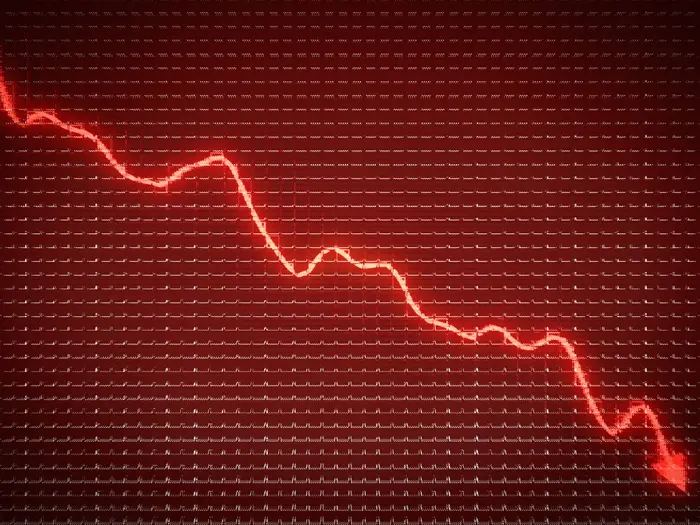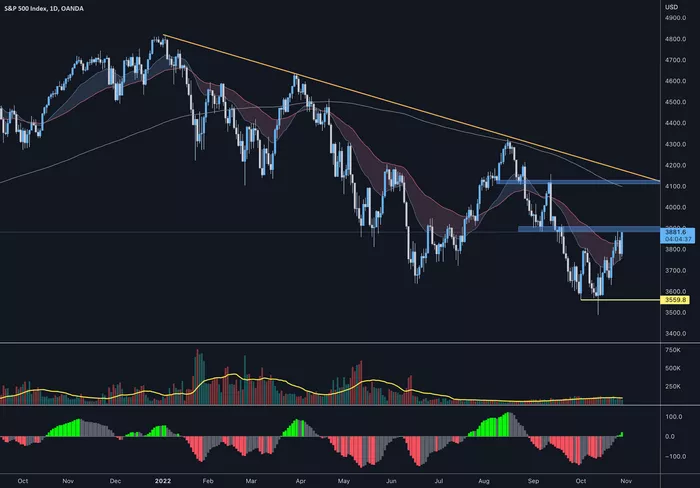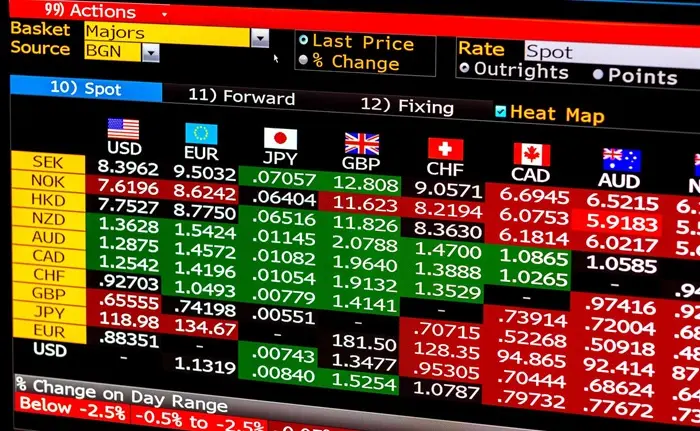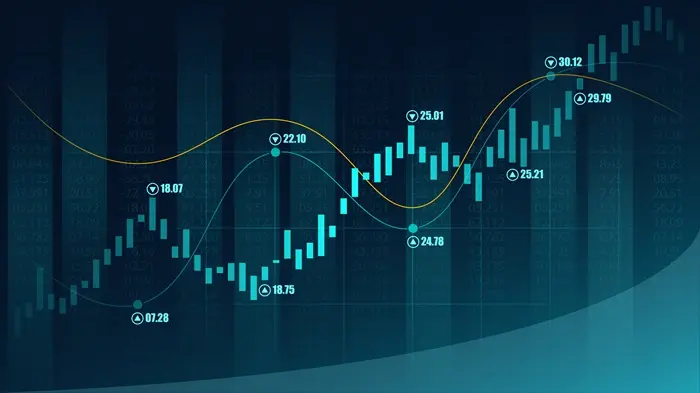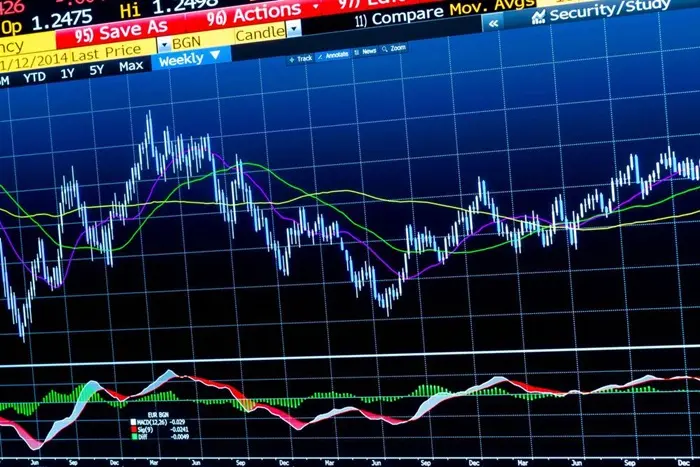Cashing out stocks on ETRADE is a process that investors should understand thoroughly to ensure they make well-informed financial decisions. Whether you’re looking to liquidate a portion of your portfolio, access cash for other investments, or simply need funds for personal expenses, understanding the process and its nuances is essential. This article provides a detailed step-by-step guide on how to cash out stocks on ETRADE, including important considerations for fees, taxes, and account management.
What is E*TRADE?
ETRADE is an online brokerage that provides a platform for individuals to buy and sell stocks, bonds, mutual funds, exchange-traded funds (ETFs), options, and other financial instruments. Founded in 1982, it has grown into one of the most popular investment platforms in the United States. ETRADE offers investors a wide range of tools and resources for trading and managing their investment portfolios.
Understanding the Process of Cashing Out Stocks
Cashing out stocks, or selling your shares, on E*TRADE involves a few simple steps, but it’s important to understand the implications of each action. Before you begin, ensure you’re familiar with the following terms:
Sell order: This is the instruction you give to E*TRADE to sell your shares.
Market order: A sell order where your shares are sold at the best available price in the market.
Limit order: A sell order where you specify the price at which you want to sell your shares.
Account type: You may have a taxable brokerage account or a retirement account (such as an IRA), each of which has different tax implications when you cash out stocks.
Step-by-Step Process: How to Sell Stocks on E*TRADE
1. Log in to Your E*TRADE Account
The first step in cashing out stocks on ETRADE is logging into your account. Ensure that you have your username and password handy. If you’ve forgotten your login credentials, you can reset them by following the instructions on the ETRADE website.
2. Access the Trading Page
Once you’re logged into your E*TRADE account, navigate to the trading page. This can be found under the “Trade” tab, where you’ll have the option to buy or sell various types of securities.
3. Select the Stock You Wish to Sell
To initiate a stock sale, you’ll need to select the specific stock you want to sell. This can be done by searching for the stock ticker symbol in the search bar or by navigating through your portfolio.
4. Choose the Number of Shares to Sell
After selecting the stock, decide how many shares you want to sell. You may choose to sell all of your shares or just a portion of your holdings. Be mindful of your investment goals and financial needs when determining how many shares to liquidate.
5. Choose the Type of Order
Market Order: If you want to sell your shares immediately at the current market price, you can place a market order. This order will be executed instantly at the best available price in the market. It is ideal for investors who need liquidity quickly but may not be concerned about the exact price they receive.
Limit Order: A limit order allows you to specify the price at which you are willing to sell your stock. If the stock reaches that price, your order will be executed. This type of order can help you avoid selling at a price lower than you’re comfortable with, but it does not guarantee the stock will be sold.
6. Review Your Order
Once you’ve entered the details of your order, review it carefully. Double-check the stock symbol, number of shares, and order type. Once you’re satisfied with the information, click the “Place Order” button to submit your sell request.
7. Confirm the Order
After placing the order, you’ll receive a confirmation screen summarizing the details of your transaction. Make sure everything is correct before confirming the sale. If all looks good, confirm the transaction.
8. Wait for Execution
If you placed a market order, the transaction will typically be executed almost immediately. For limit orders, you’ll need to wait until the stock price reaches your desired level. E*TRADE will notify you once the order has been filled.
9. Monitor Your Account
After your order has been executed, your cash balance will be updated. You can view the proceeds from the sale in your E*TRADE account under the “Balances” section. Depending on your account type and whether the sale is in a taxable or retirement account, the funds may be available immediately or within a few business days.
Additional Considerations When Cashing Out Stocks
Tax Implications
One of the most important aspects to consider when cashing out stocks is the tax implications. When you sell shares for a profit, you are subject to capital gains taxes. There are two types of capital gains taxes:
Short-term capital gains: If you sell a stock that you’ve held for less than one year, any profit is considered a short-term capital gain and is taxed at ordinary income tax rates, which can be as high as 37%.
Long-term capital gains: If you’ve held the stock for more than one year, any profit is considered a long-term capital gain and is typically taxed at a lower rate, ranging from 0% to 20%, depending on your income level.
You should also be aware of potential taxes in retirement accounts. Selling stocks in tax-deferred accounts like IRAs or 401(k)s may not result in immediate taxes, but distributions will be taxed when you withdraw them.
Fees and Commissions
E*TRADE charges commissions for some types of transactions. However, as of recent years, it offers commission-free trading for stocks, ETFs, and options. Despite this, there may still be other fees to consider:
Options contracts: If you’re trading options, E*TRADE charges a $0.65 per contract fee.
Account maintenance fees: Certain account types, such as retirement accounts, may incur fees if minimum balance requirements aren’t met.
Always review E*TRADE’s fee structure before initiating a trade to ensure that you’re fully aware of any potential costs.
Market Conditions
The timing of your stock sale is important. Market volatility, company news, and economic events can all affect the price of your stock. While E*TRADE allows you to place limit orders to control the price at which you sell, it’s essential to keep an eye on market conditions to make informed decisions.
Cashing Out in Retirement Accounts
If you have stocks held in a retirement account, such as an IRA or 401(k), the process for cashing out is similar, but there are additional tax considerations. For example, withdrawing funds from a traditional IRA before the age of 59½ may result in an early withdrawal penalty. Roth IRAs allow tax-free withdrawals of contributions, but taxes may apply to earnings if the account has not been open for at least five years.
Conclusion
Cashing out stocks on E*TRADE is a straightforward process that can provide liquidity for various purposes, whether it’s funding a major life event or adjusting your portfolio. However, it’s important to consider all aspects of the transaction, including the type of order you place, the tax implications, and any fees that may apply. By understanding these key factors, you can make the most of your stock sales and ensure that you’re managing your finances in the most effective way possible.
Make sure to regularly review your investment portfolio and consult with a financial advisor to develop a strategy that aligns with your long-term financial goals.
Related topics:


